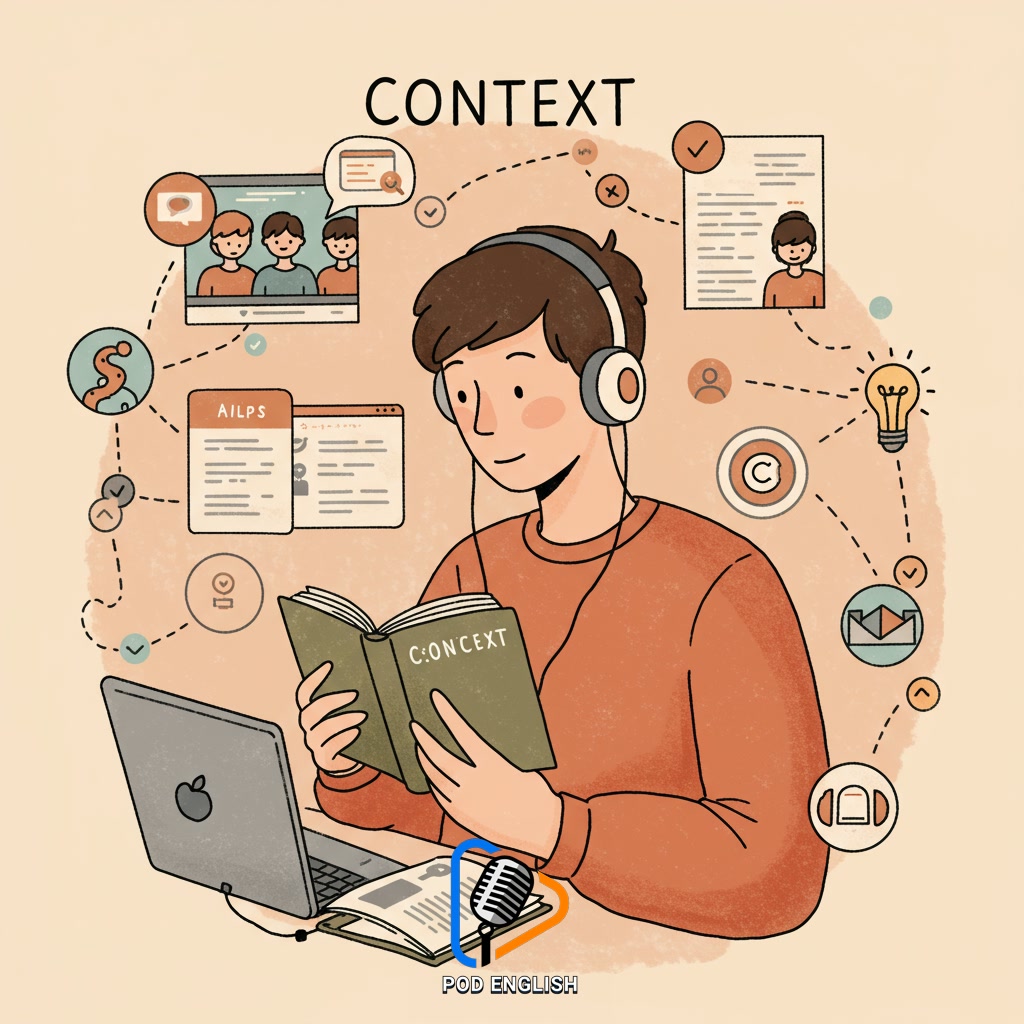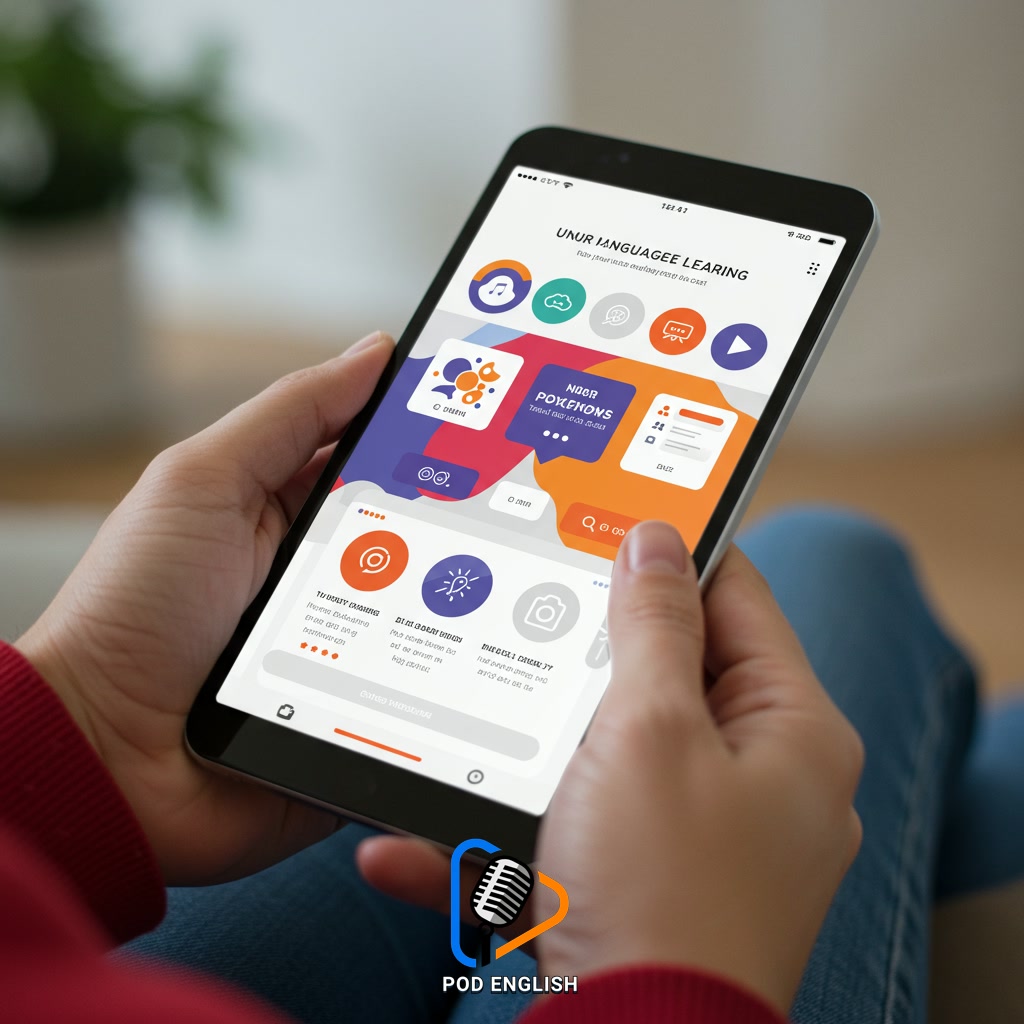Learn English
Beyond Flashcards: Effective Strategies to Review English Vocabulary for Language Learners

This content explores diverse and effective approaches for English language learners to review vocabulary beyond basic flashcards. It presents practical strategies designed to enhance retention and active recall of new words. By implementing these varied techniques, learners can significantly improve their proficiency in English vocabulary.
Table of Contents
- Section 1: Why Go Beyond Flashcards? Understanding Limitations
- Section 2: Contextual Learning: Acquiring Vocabulary Naturally
- Section 3: Active Recall and Usage: Putting Words to Work
- Section 4: Leveraging Technology and Apps for Dynamic Review
- Section 5: Personalizing Your Review System for Long-Term Retention
Section 1: Why Go Beyond Flashcards? Understanding Limitations
While flashcards are a useful starting point for memorizing individual words and their basic definitions or translations, they have significant limitations when it comes to truly mastering English vocabulary. Relying solely on flashcards can lead to passive recall, meaning you might recognize a word but struggle to use it actively in conversation or writing. Flashcards often lack context, failing to show how words are used in sentences, with which prepositions, or in specific situations. This isolation can make words feel disconnected and hard to remember long-term. Furthermore, they don’t help with nuances in meaning, collocations (words that often go together), or different forms of a word. Moving beyond simple flashcards is crucial for developing a deeper understanding and the ability to use vocabulary effectively and flexibly.

Why Go Beyond Flashcards? Understanding Limitations
Section 2: Contextual Learning: Acquiring Vocabulary Naturally
Following the limitations of flashcards, contextual learning offers a more dynamic way to acquire English vocabulary. Instead of memorizing words in isolation, this strategy involves encountering and understanding new words within the sentences, paragraphs, and situations where they naturally appear. This could be through reading books, articles, or news; listening to podcasts or conversations; or watching films or TV shows. By seeing how words are used alongside others and within specific scenarios, learners grasp their meaning, connotations, and grammatical function more effectively. This natural exposure helps build stronger memory links and enables learners to use the vocabulary more appropriately and fluently in their own communication, moving beyond simple definitions to true comprehension.

Contextual Learning: Acquiring Vocabulary Naturally
Section 3: Active Recall and Usage: Putting Words to Work
Moving beyond passive understanding gained through contextual learning, the next crucial step is to actively retrieve and use the vocabulary you’ve encountered. Active recall involves testing yourself without looking at the word or its definition, forcing your brain to work harder to retrieve the information. This effort strengthens the memory trace significantly. Once you can recall a word, the real mastery comes from putting it to work. This means using the word in your own sentences, writing paragraphs, engaging in conversations, or even thinking in English. Consistently using new vocabulary in different contexts helps solidify its meaning, improves your fluency, and makes the word a part of your active vocabulary, readily available when you need it.

Active Recall and Usage: Putting Words to Work
Section 4: Leveraging Technology and Apps for Dynamic Review
Moving beyond traditional methods and active recall on paper, technology offers powerful tools to make vocabulary review dynamic and efficient. Language learning apps and online platforms provide features specifically designed to enhance retention. Many utilize spaced repetition systems (SRS), which are algorithms that schedule words for review at optimal intervals, just before you’re likely to forget them. This scientifically-backed method significantly boosts long-term memory. Furthermore, these digital tools often incorporate interactive quizzes, games, customizable digital flashcards with audio and image support, and integrated progress tracking. Leveraging technology transforms vocabulary practice from a static task into an engaging, accessible, and personalized experience, fitting seamlessly into a busy lifestyle and keeping learners motivated.

Leveraging Technology and Apps for Dynamic Review
Section 5: Personalizing Your Review System for Long-Term Retention
Moving beyond generic methods, truly effective vocabulary review involves personalization. Instead of a one-size-fits-all approach, tailor your system to your unique learning style, goals, and the specific words you find challenging. This might mean adjusting the frequency of review based on how well you know a word, using examples that are relevant to your own life or interests, or combining different techniques like digital flashcards with writing sentences or speaking the words aloud. Tracking your progress and adapting your methods as you improve ensures your review time is spent efficiently, significantly boosting long-term retention.

Personalizing Your Review System for Long-Term Retention













